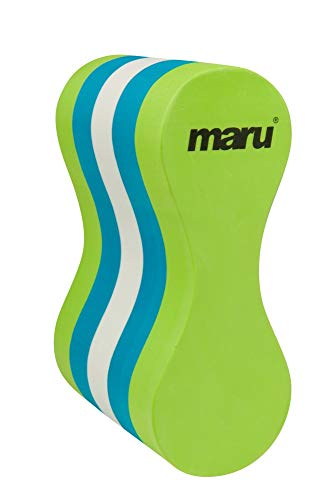Understanding Swimming Floats
Swimming floats are a popular accessory used by swimmers of all ages and abilities. Whether for children learning to swim, or adults looking to enhance their workout routine, these floats provide buoyancy and support in the water. Generally made of foam or vinyl, swimming floats are typically durable and long-lasting. However, like any product, they can become damaged over time or through repeated use. But can they be repaired?
The Benefits of Repairing Swimming Floats
If you have a damaged swimming float, you may be tempted to simply throw it away and purchase a new one. However, repairing your float can actually offer several benefits, both financially and environmentally. Firstly, repairing your float is typically much more cost-effective than buying a new one, particularly if it is a high-quality or specialized float. Additionally, repairing your float keeps it out of landfills, reducing your environmental impact and promoting sustainability.
Repairing Foam Swimming Floats
If you have a foam swimming float that has become damaged, there are a few simple repairs you can make at home. For small tears or punctures, you can use duct tape or a similar adhesive to patch the hole. For more serious damage, foam filler can be used to fill in gaps and holes. However, if your foam float has extensive damage, it may be more difficult to repair and may require professional assistance.
Repairing Vinyl Swimming Floats
Vinyl swimming floats are generally more durable than foam floats, but can still become damaged over time. To repair a vinyl float, you can use a vinyl repair kit, which typically contains a patch and adhesive. After cleaning and drying the damaged area, apply the adhesive and patch to cover the hole or tear. Be sure to carefully follow the instructions in your repair kit for best results.
When to Replace Your Swimming Float
While many swimming floats can be repaired, there may come a time when it is best to replace them. If your float has extensive damage, particularly if it affects its buoyancy or safety, it is likely best to invest in a new float. Additionally, if your float has become discolored or has an unpleasant odor, it may be time to replace it, as these issues can indicate deterioration that cannot be repaired.






